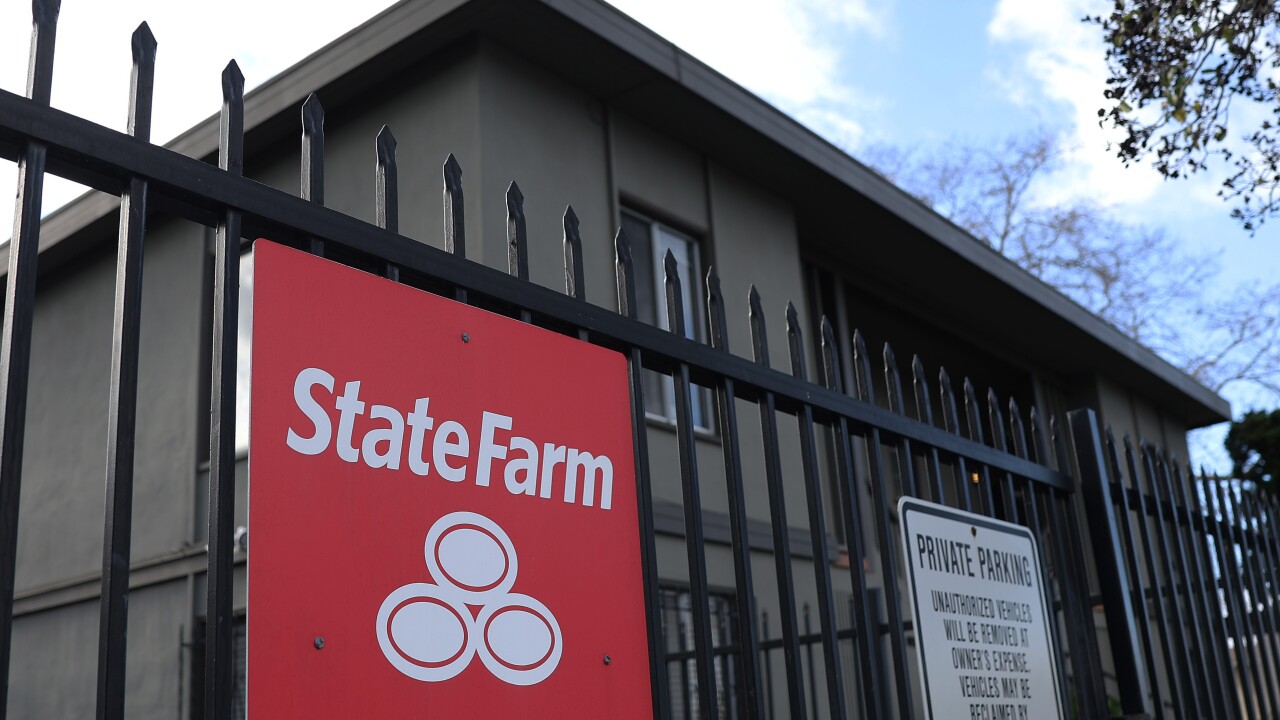While travelling in Europe this week, Microsoft invited me to visit the Smart City Expo World Congress in Barcelona for a bit and check out innovation around governance, mobility, society, sustainability, and technology. Judging by the reported 11,000 attendees representing companies and cities from around the world, there is great interest in these topics. I walked around the trade show pretty much all day and it was very crowded even with sunny Barcelona beckoning with a perfect 71F. The event gave me the opportunity to see many interesting technologies.
Many innovations focused on smart traffic routing and parking supported by sensors. Solutions in this category address the need to decrease traffic congestion or enable drivers to find available parking spots — problems afflicting many cities. Car-sharing initiatives by city communities were shown and explained. Autonomous vehicles were on display and got a lot of attention while raising questions about financing and insuring some of these new developments.
With the tragic events in Paris fresh in people’s minds, city officials were very interested in any offerings dealing with crisis or incident management. One example was IOmniscient’s 3D high accuracy cameras that count people present in a specific location in real-time (very handy for crowd management). Other solutions include facial recognition capabilities to locate lost children or people of interest to law enforcement. These, and other applications, can assist local governments and citizens in preventing, managing, and mitigating incidents.
It is not often that I get to attend conferences outside of the insurance or technology space. It was refreshing to see the enthusiasm of professionals for innovation in a different industry. And many of the technologies that we frequently discuss, such as driverless cars, resource sharing, gamification, drones, or Internet of Things, are equally relevant for Smart Cities.It was fascinating for me to note that gamification got significant interest. Virtual reality environments supporting driving education or enabling urban planning were in high demand. There were also long lines for learning how to drive a real tram in a virtual city (not as easy as it looks). And Microsoft partner Geodan NEXT demonstrated how children were educated in smart city development and how kids assisted in real-life design of schools and playgrounds by use of a Minecraft based solution. In a more adult world, this same tool is being used for collaboration between professionals and citizens working together around a big touch table to address urban planning issues.
I was also pleased with the balanced approach the people I spoke with took regarding opportunities for innovation and risk mitigation. Assisted by big data and technical developments, I truly believe that historically more disconnected industries such as technology, insurance, government, health, or energy will quickly become more connected to each other and that the people of the world will collaborate in smart communities to capitalize on innovations.
I have seen great examples of that in Barcelona. It was an uplifting experience, even with the sun beckoning.
This blog entry has been republished with permission
Readers are encouraged to respond using the “Add Your Comments” box below.
The opinions posted in this blog do not necessarily reflect those of Insurance Networking News or SourceMedia.
While travelling in Europe this week, Microsoft invited me to visit the
Many innovations focused on smart traffic routing and parking supported by sensors. Solutions in this category address the need to decrease traffic congestion or enable drivers to find available parking spots — problems afflicting many cities. Car-sharing initiatives by city communities were shown and explained. Autonomous vehicles were on display and got a lot of attention while raising questions about financing and insuring some of these new developments.
With the tragic events in Paris fresh in people’s minds, city officials were very interested in any offerings dealing with crisis or incident management. One example was IOmniscient’s 3D high accuracy cameras that count people present in a specific location in real-time (very handy for crowd management). Other solutions include facial recognition capabilities to locate lost children or people of interest to law enforcement. These, and other applications, can assist local governments and citizens in preventing, managing, and mitigating incidents.
Many of the technologies that we frequently discuss, such as driverless cars, resource sharing, gamification, drones, or Internet of Things, are equally relevant for Smart Cities. |
It was fascinating for me to note that gamification got significant interest. Virtual reality environments supporting driving education or enabling urban planning were in high demand. There were also long lines for learning how to drive a real tram in a virtual city (not as easy as it looks). And Microsoft partner Geodan NEXT demonstrated how children were educated in smart city development and how kids assisted in real-life design of schools and playgrounds by use of a Minecraft based solution. In a more adult world, this same tool is being used for collaboration between professionals and citizens working together around a big touch table to address urban planning issues.
It is not often that I get to attend conferences outside of the insurance or technology space. It was refreshing to see the enthusiasm of professionals for innovation in a different industry. And many of the technologies that we frequently discuss, such as driverless cars, resource sharing, gamification, drones, or Internet of Things, are equally relevant for Smart Cities.
I was also pleased with the balanced approach the people I spoke with took regarding opportunities for innovation and risk mitigation. Assisted by big data and technical developments, I truly believe that historically more disconnected industries such as technology, insurance, government, health, or energy will quickly become more connected to each other and that the people of the world will collaborate in smart communities to capitalize on innovations.
I have seen great examples of that in Barcelona. It was an uplifting experience, even with the sun beckoning.





